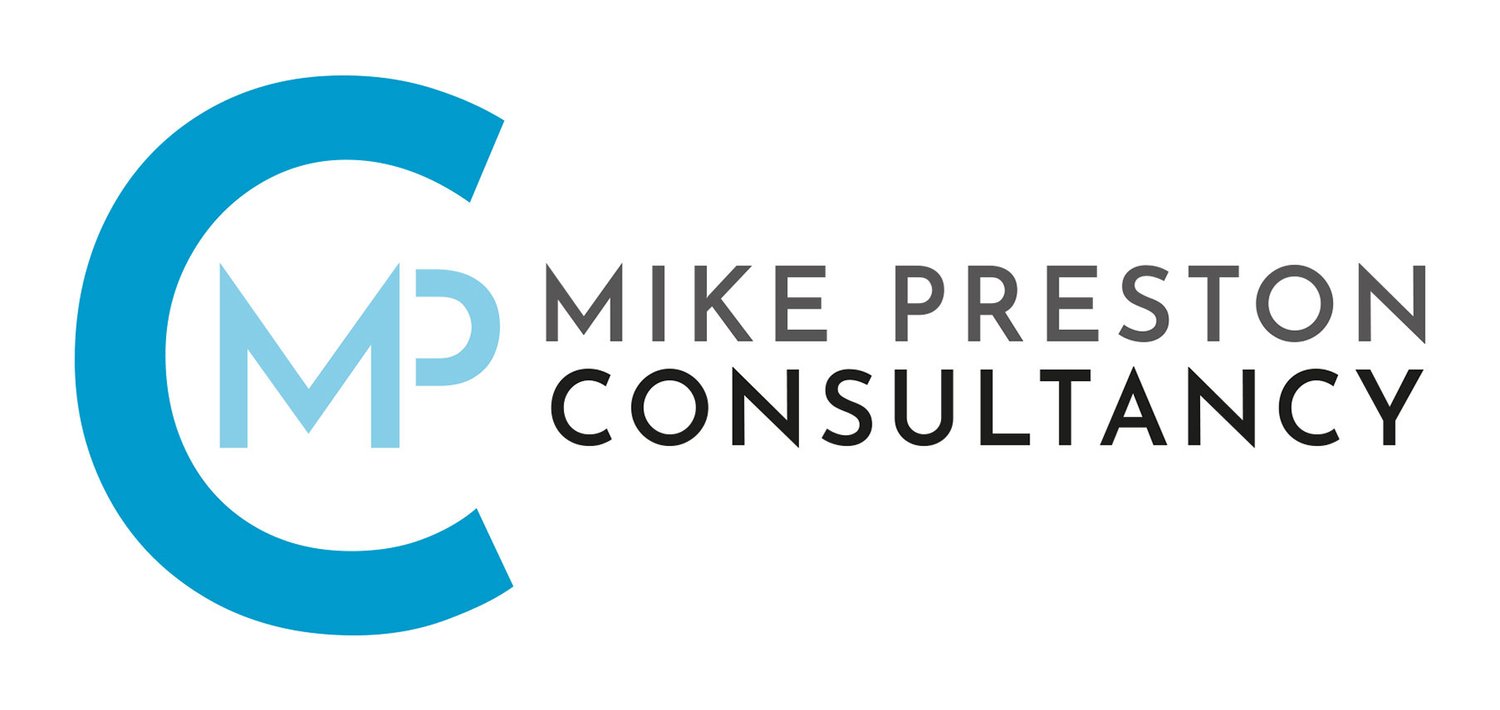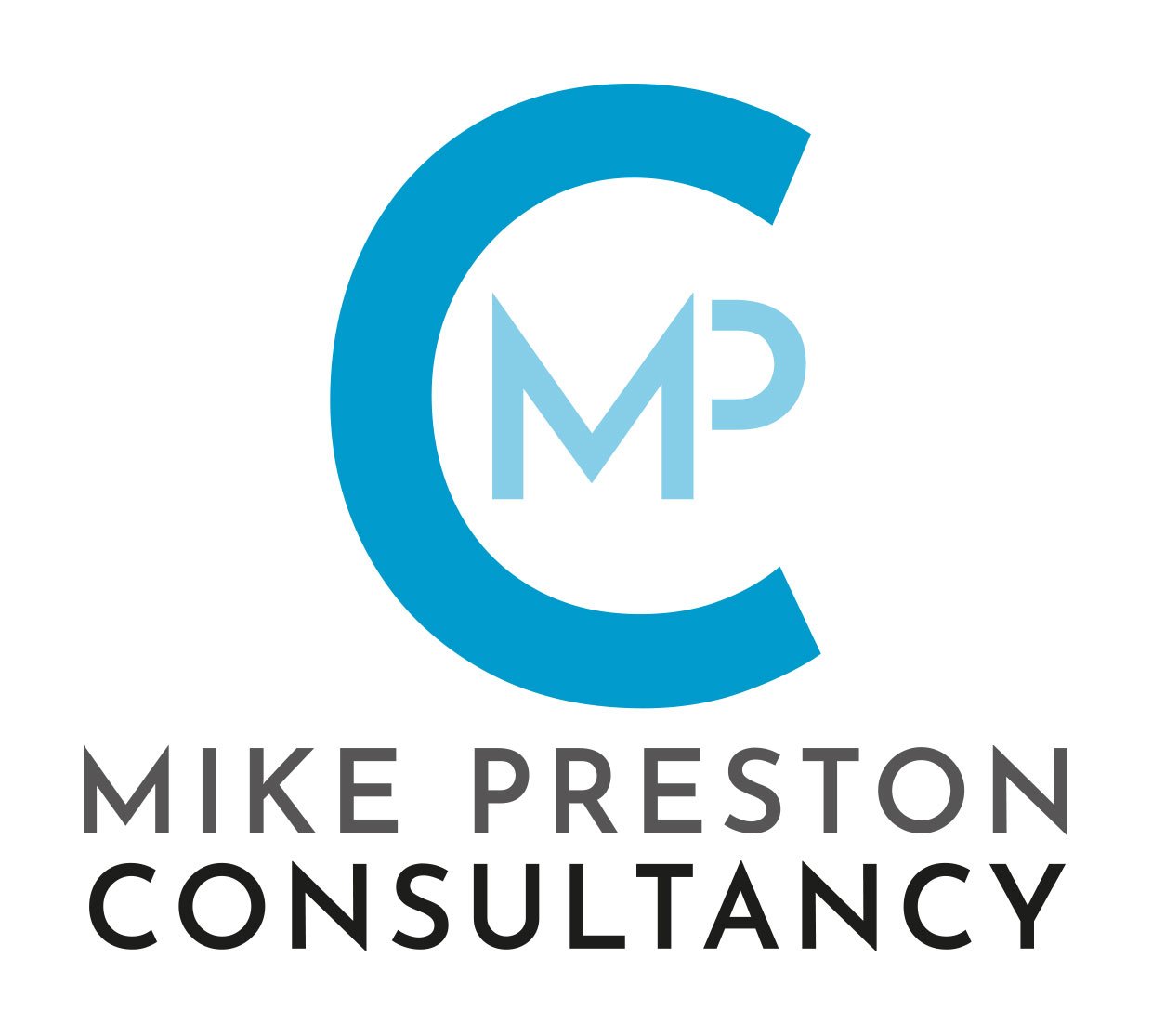Don't Wait for Next Quarter: Identifying and Mitigating Your Top 3 Organisational Risks Now
As the year draws to a close, it’s tempting to allow momentum to carry your organisation into the new year, deferring major strategic reviews until the Q1 budget cycle is fully underway. This complacency is a significant, often overlooked, organisational risk in itself.
The most successful leaders treat the end of the year not as a slowdown, but as a critical window for foresight. Proactive risk identification now allows you to embed mitigation strategies directly into next year’s budget and planning cycles, turning potential threats into managed scenarios. Failing to address risks until they surface in Q1 means you are already operating reactively.
Here are the top three organisational risks Mike Preston Consultancy consistently sees dominating the executive agenda, along with the immediate steps you can take to mitigate them before the year-end deadline.
1. Risk: Cyber Incidents and Third-Party Exposure
Cyber risk remains the single most persistent threat globally. As digital transformation accelerates, the danger isn't just about internal breaches; it's about the security posture of your supply chain and third-party vendors. A single vulnerability in a partner’s system can become a devastating entry point to your network.
Pre-Q1 Mitigation Action:
The Vendor Audit: Go beyond checking the box. Mandate an immediate, focused audit of your top five critical third-party vendors. Request their latest SOC 2 report or equivalent security certification.
Segment Access: Review and enforce the principle of least privilege for all external connections. Ensure your vendors only have access to the data and systems absolutely necessary for their operations.
Run a Tabletop Drill: Schedule a concise, two-hour tabletop exercise before the break to simulate a supply chain ransomware attack. Use this drill to test communication protocols, not technology.
2. Risk: Economic Volatility and Cash Flow Fragility
With persistent inflationary pressures and dynamic interest rate shifts, economic volatility translates directly into financial risk. This isn't just a concern for finance teams; it impacts supply costs, customer demand, and capital allocation. The primary danger lies in rigid financial planning that fails under sudden stress.
Pre-Q1 Mitigation Action:
Conduct Worst-Case Stress Testing: Work with your finance team to model three negative scenarios: a 15% unexpected drop in Q1 demand, a 10% sustained increase in input costs, and a 2-point interest rate rise. Identify the exact moment each scenario would breach a core financial metric (e.g., liquidity).
Inventory Diversification Audit: If you rely on single suppliers, initiate a risk transfer strategy by identifying and vetting at least two alternative sources for your top three critical components or services.
Revisit Debt Covenants: Ensure leadership clearly understands the proximity of your organisation to any debt covenant thresholds under the modeled stress scenarios.
3. Risk: Talent Attrition and Critical Skills Gap
The ‘Great Resignation’ may have faded, but the war for specialised digital talent has not. The lack of a strategic, proactive plan for talent retention and upskilling—especially in areas like AI, data governance, and automated operations—is a significant operational constraint moving into the new budget year.
Pre-Q1 Mitigation Action:
The "Flight Risk" Review: Identify your top 10 most indispensable employees (the ones whose departure would halt key Q1 initiatives). Conduct structured, confidential stay interviews to proactively address concerns and retention levers.
Skill Gap Mapping: Map your Q1 strategic goals against your current workforce's technical capabilities. Where is the skills deficit greatest? Define three mandatory internal training programs to close this gap, funding them from your existing L&D budget before year-end.
Define AI Governance Roles: Even if you aren't fully deploying AI yet, identify and appoint an internal AI Risk Owner and establish the initial principles of responsible AI use.
Take Control Now: Your Next Step
The time to define your risk profile for the next 12 months is not in January; it is today. By taking these three focused, high-impact actions now, you empower your organisation to step into Q1 with a strategic, derisked plan.
Don't wait. Download our comprehensive Risk Management Resources, including templates and how-to guides, from the Mike Preston Consultancy Resources Hub today.


